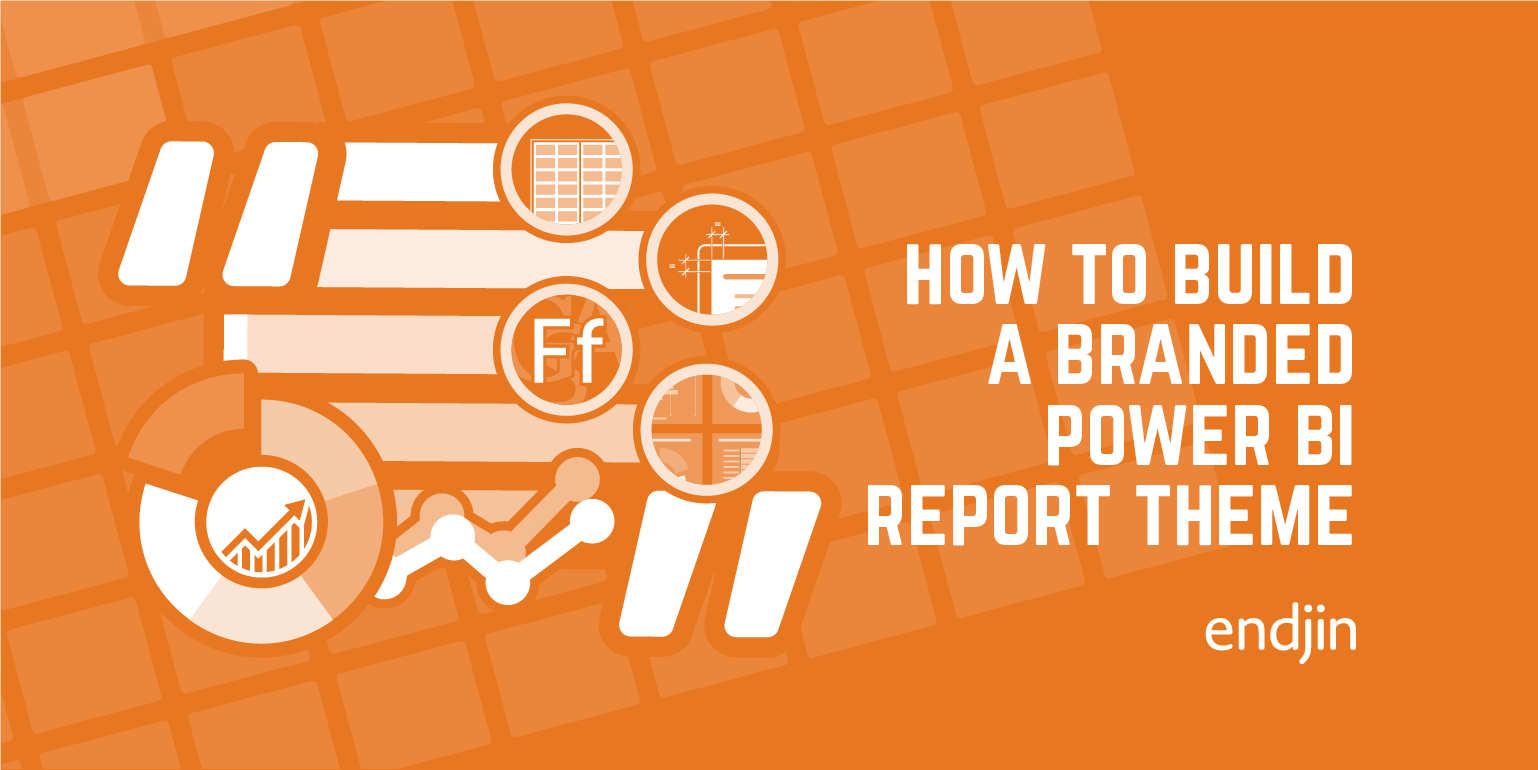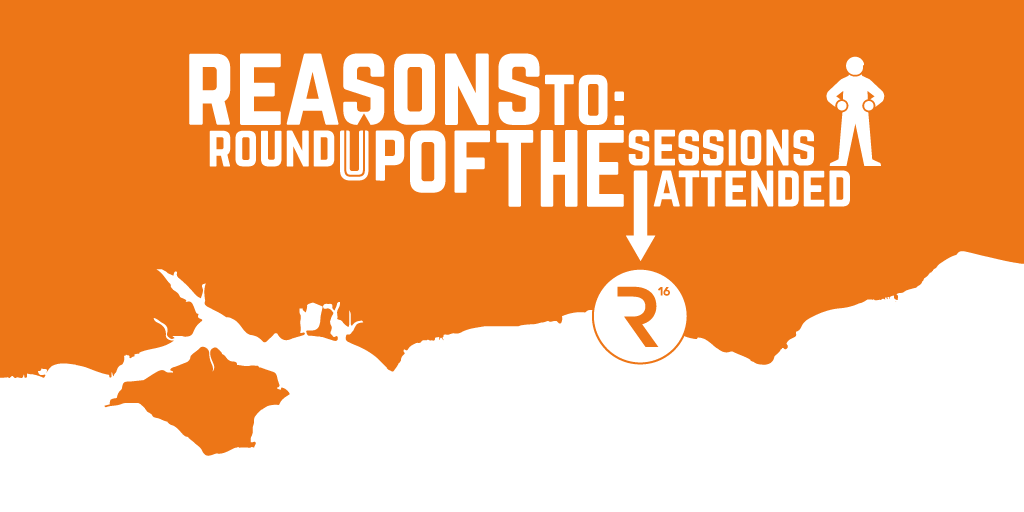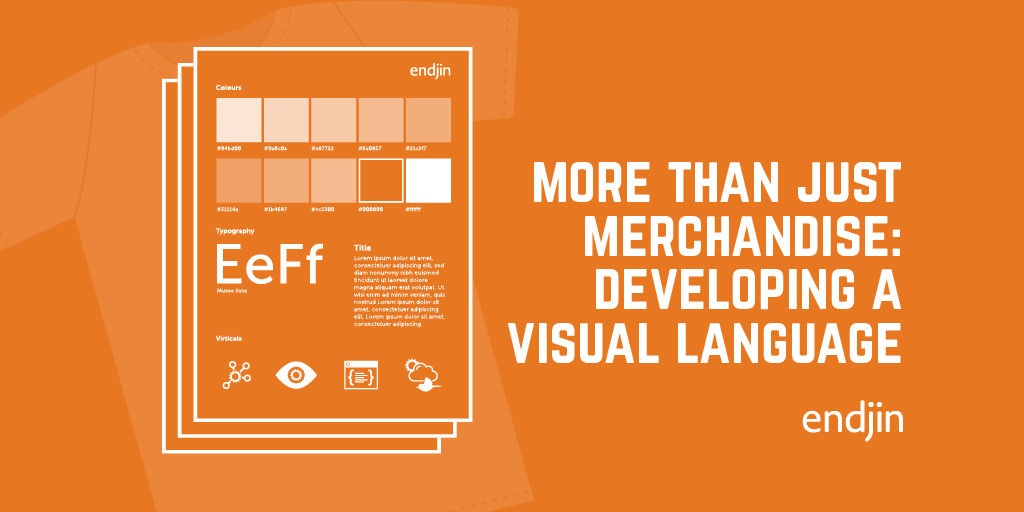Live by the sword: A practical approach to our own digital strategy
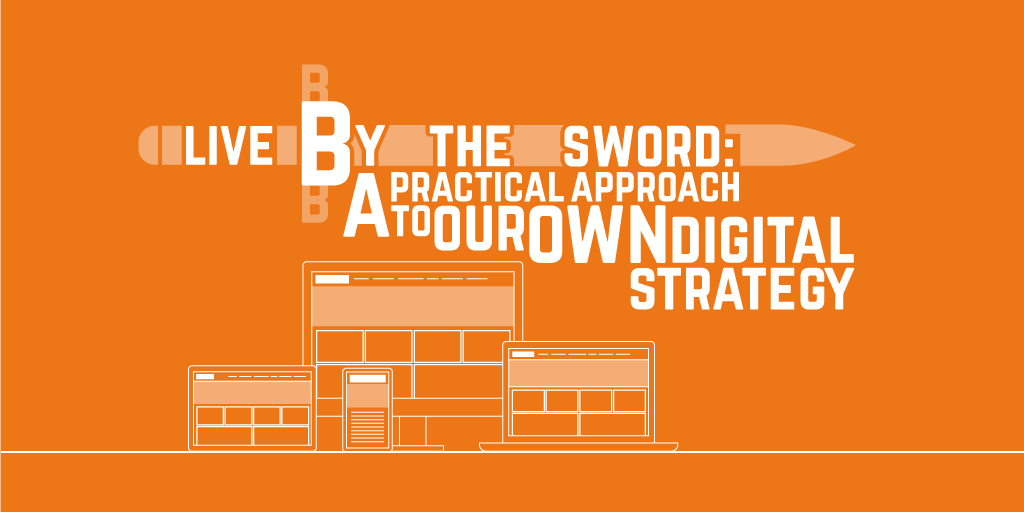
This is the first post in a series covering our experiences conceptualising, designing and delivering endjin's evolving digital strategy.
It's Wednesday morning and there's an air of expectation. We spent last week moving to our new offices and it's a stone's throw from one of our favourite restaurants. This, however, is not the only reason why everyone at endjin is excited. Last week we also went live with our new website and released the first glimpse of our new brand identity. It's a culmination of a lot of hard work for the whole endjin team.
There's no rest for the wicked though as it's on to the next stage: rolling out the merchandise (swag) and building on our labours. Before I can do this, however, I want to take some time out to reflect on the processes that have enabled us to get this far. You can't merchandise without a clear identity; an identity that needs buy-in company-wide - from the apprentices to the co-founders. An identity is also more than just a logo. It needs to have a clear message and have continuity across the board. If you take the logo away then what do we have?
We started by thinking about a refresh of the existing identity and company website, but, as with most of our clients, once we started stripping it out, we realised that we wanted to dig deeper, looking at our brand message, re-evaluate what endjin do, along with our unique promises and skill sets. We've got a standard Reflection, Ambition and Action process we apply to help our customers do this, so it was time to dog-food that for ourselves!
Strategy: Reflection & Ambition
We started with an introspection process with the team to reflect and capture endjin's current standing; what are our goals, value streams, brand values: what do we believe in as a company? This is a very cathartic process; we have to be honest with ourselves, and with each other, before we can then move on to defining where we want to be – the ambition stage. Everyone needed to understand and share the goals in order to go on to develop our message, build on our ambition, shape our offerings and develop an action plan.
Creative: Definition & Delivery
This gave us good insight to feed in to our Creative process however; it didn't do us any harm to go over this as a team again to agree our audience, the challenges we might face (both internal and external) and our market position. All of these attributes are key to defining our goals and objectives. It's at this stage that we creatives begin to get the pens out and start noodling away, brainstorming and storyboarding ideas. We spent a lot of time sketching out ideas to see if they had any mileage. We also started to think about the visual aspects of the messaging - trying out typefaces to see if they rendered well in print and web formats and began to develop the very start of a new graphic identity. As part of our delivery process we staged weekly updates and ensured that feedback was delivered through a single channel.
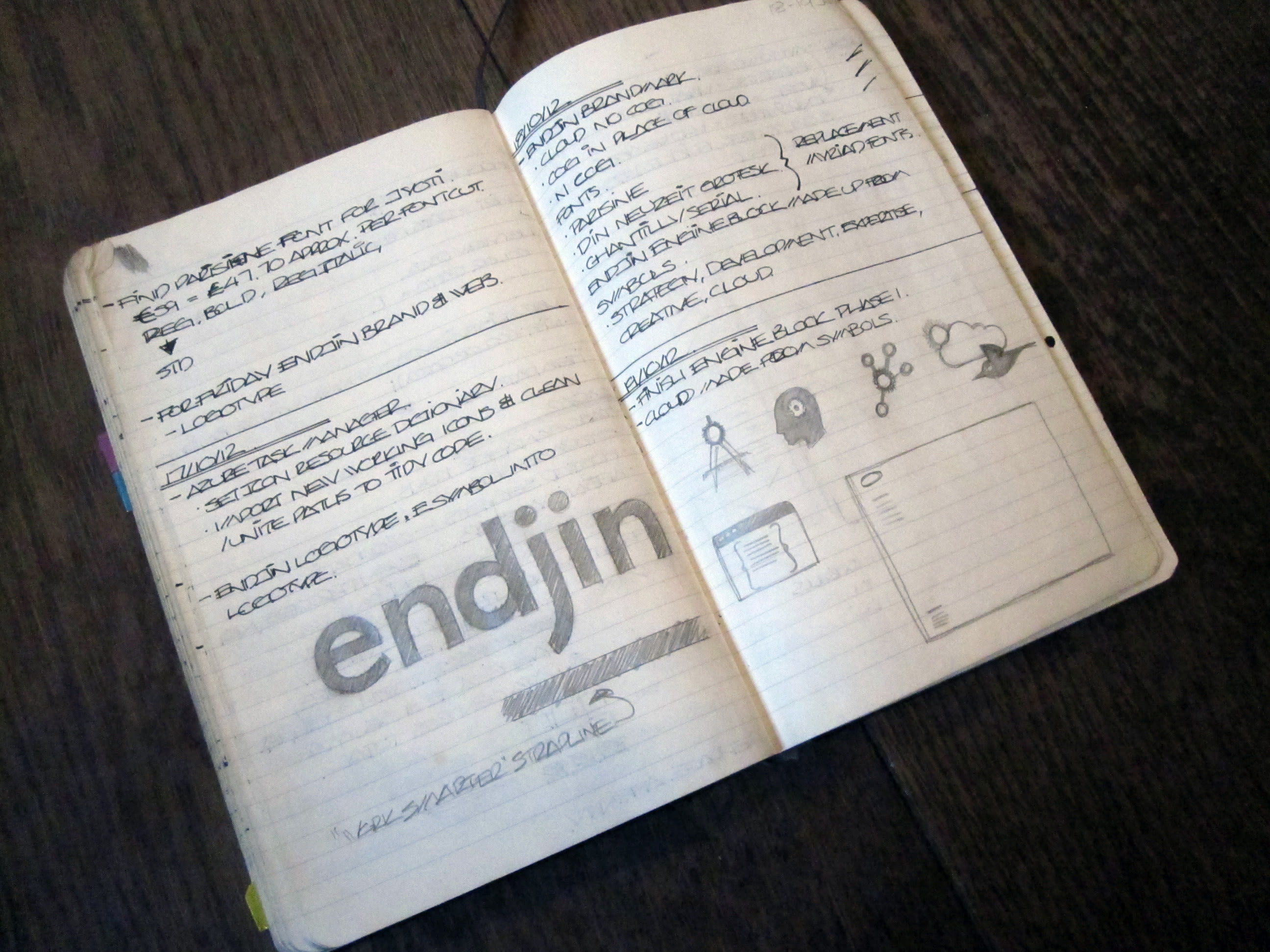
You constantly hear 'a brand is more than just a logo' and this is true. Having established our Strategy, Message and Values, and as our ideas started to evolve, we also began to develop a unique visual language that will help to identify the company if you took the logo away. We had to consider how our iconography would work with our typefaces and typography, and how to make that feel unique to endjin.
Development: Prototyping and Production
Working with our in-house development team we were able to transfer our new brand and prototype it in a digital environment. Prototyping was really important to the overall process because we were designing the new web site (remember that's where we started) in tandem with the brand. We could also add dynamism to our graphic iconography and user interaction, and it gave us a vehicle whereby we could immediately see how our decisions were affecting our online presence in context, while ensuring that there was cohesion between printed and digital collateral.
Development, though, is more than just code. It requires an air of creativeness and choosing the right tools for the job (see Matthew Adams' blog post for some more information on this) to transfer ideas and artwork into a fully functioning user experience.
Cloud: Scale & TCO
Our experience with the Cloud has shown that it's great for both big projects that need lots of compute, and small projects that can share resources. We decided to use our knowledge in this area to host our new site (and the first manifestation of our new brand) on Windows Azure. Having been through this process with many of our customers, from SMEs (Alimentum case study) to global compute-hungry corporates (Milliman case study), we understood how to get the most out of it for minimum cost!
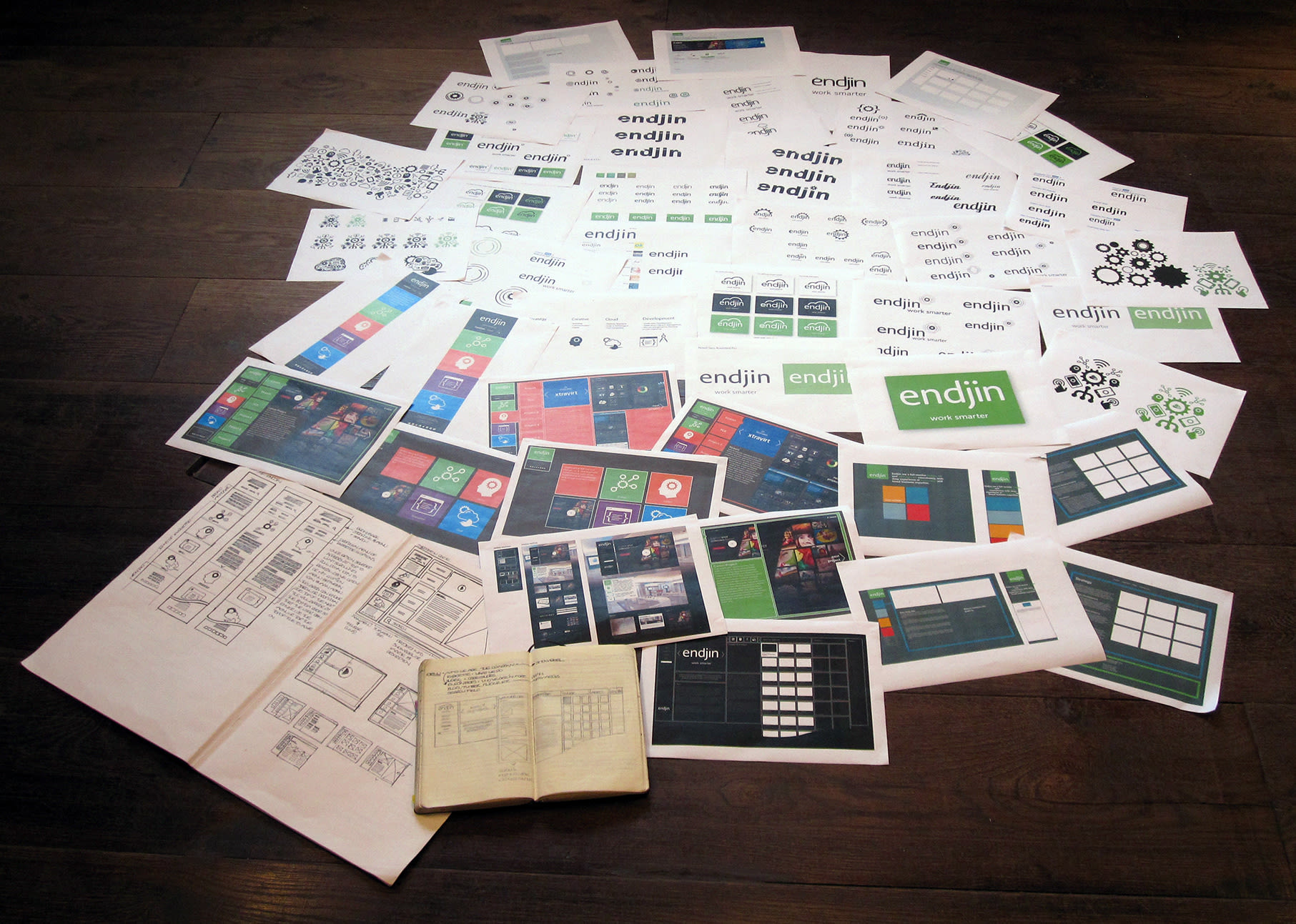
After emptying many pens of their ink, head scratching and internal workshops, we used our own methodology to deliver our new brand and site.
Now it's back on with the merchandise.

